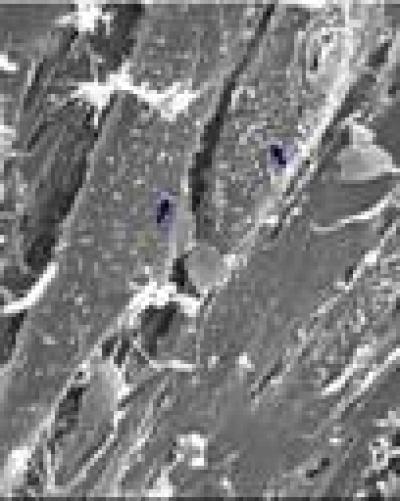Tissue engineering technologies offer new treatment strategies for the repair of peripheral nerve injury, but cell loss between seeding and adhesion to the scaffold remains inevitable. In a study reported on the Neural Regeneration Research (Vol. 9, No. 14, 2014), a thermosensitive collagen hydrogel remained as a liquid when kept at temperatures below 10°C and gelled when the temperature was increased to 37°C in an incubator for 30 minutes, which was used as an extracellular matrix and combined with bone marrow mesenchymal stem cells to construct tissue-engineered peripheral nerve composites in vitro. Results from DNA analysis and scanning electron microscope indicate that tissue-engineered composites formed with thermosensitive collagen hydrogel in dynamic culture can maintain larger numbers of seeded cells by avoiding cell loss during the initial adhesion stage; moreover, seeded cells are well-distributed throughout the material, which is of great significance for in vitro construction of tissue-engineered peripheral nerve composites.

In the composite constructed with the thermosensitive collagen hydrogel, the cells on the longitudinal section were arranged parallelly and well distributed (scanning electron microscope).
(Photo Credit: Neural Regeneration Research)
Source: Neural Regeneration Research